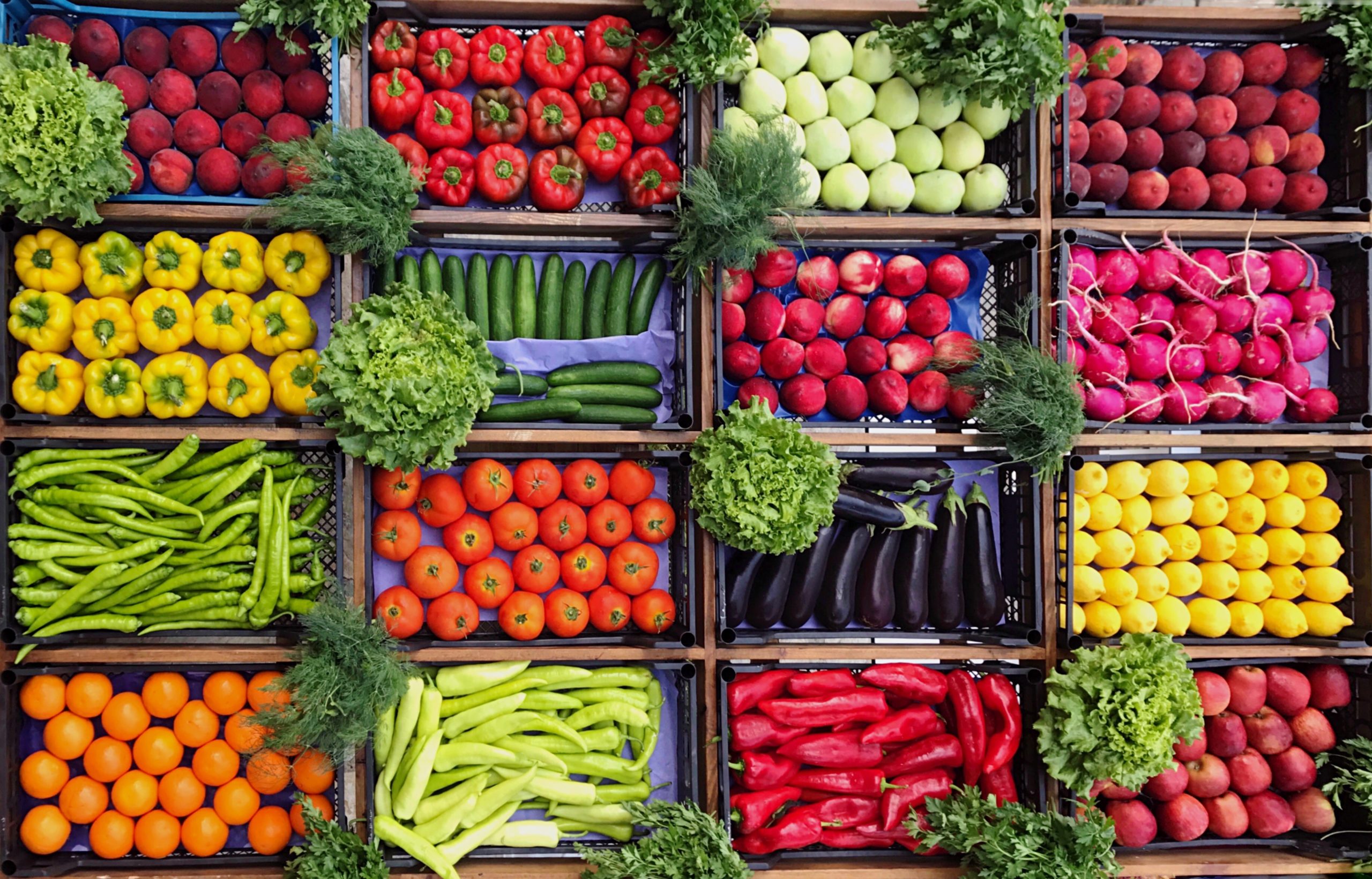



Capsicums, also known as bell peppers, are flourishing and grown in almost all states of Australia due to their popularity. However, the majority of the production occurs in the outdoors of Queensland. Nonetheless, capsicums are also being grown all year-round in high tech greenhouses in the southern states of Australia. Furthermore, capsicums possess an incredible prospect for both the domestic and international, export markets. This type of vegetables can either be consumed raw or dried and even whole or ground. Hence, this makes capsicums a versatile product in the culinary domain.
Additionally, capsicums can be found in various shapes, sizes, colours and a whole wide range of pungencies. Furthermore, this particular type of vegetable is best grown in subtropical areas in Australia. In fact, predominantly, they are grown outdoors under plastics. This allows for better growth and the crops can be harvested for a much longer time. However, some crop damage does occur throughout the year, affecting the flourishing. Mostly, these crops are destroyed by a variety of environmental conditions. Another interesting fact to note is that insect pollination can be connected to the success or destruction and flourishing of this crop. However, there are certain debates that are still ongoing in Australia regarding this matter. Moreover, many experts believe that capsicums are mainly self-pollinating and therefore do not need an external source for the spread of pollen. Nevertheless, there is very little research to confirm or eliminate this conclusion.
Capsicums are grown abundantly and flourishing all across Australian states. Nevertheless, Queensland is the region where the maximum production takes place. Some of the other growing regions are Bown and Bundaberg and Carnarvon in Western Australia. Moreover, many experts believe that capsicums are mainly self-pollinating and therefore do not need an external source for the spread of pollen. Nevertheless, there is very little research to confirm or eliminate this conclusion.